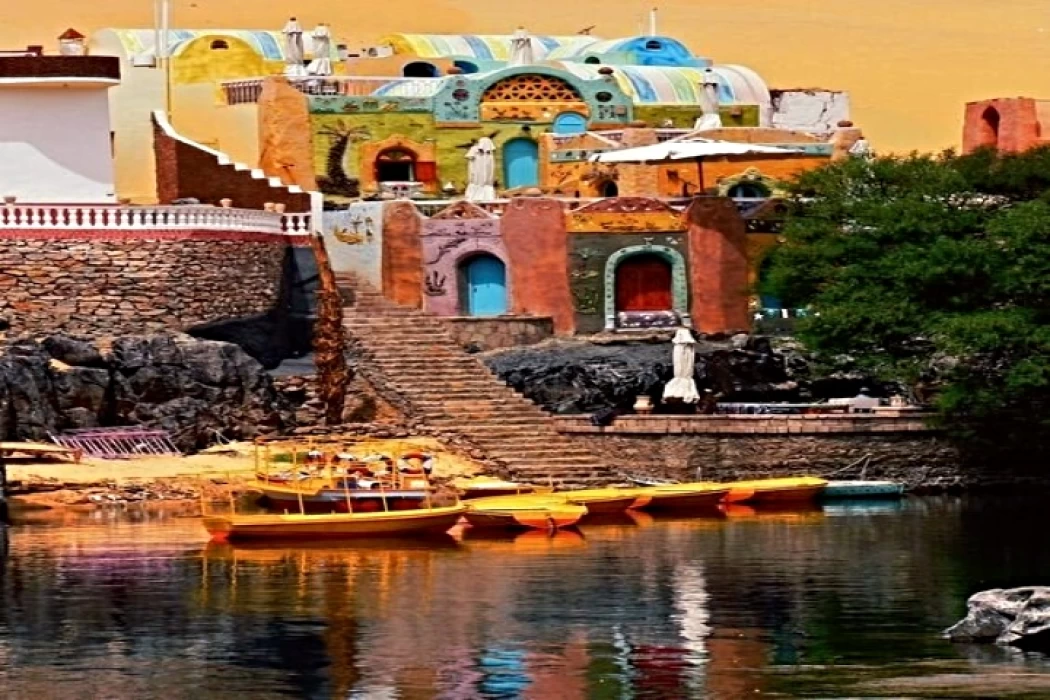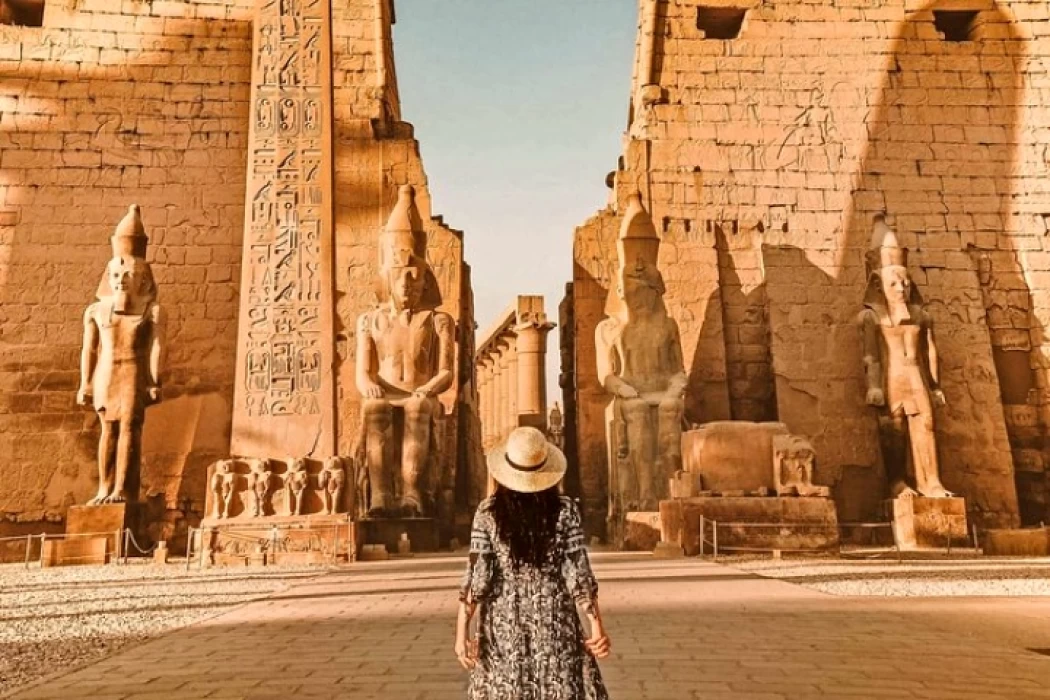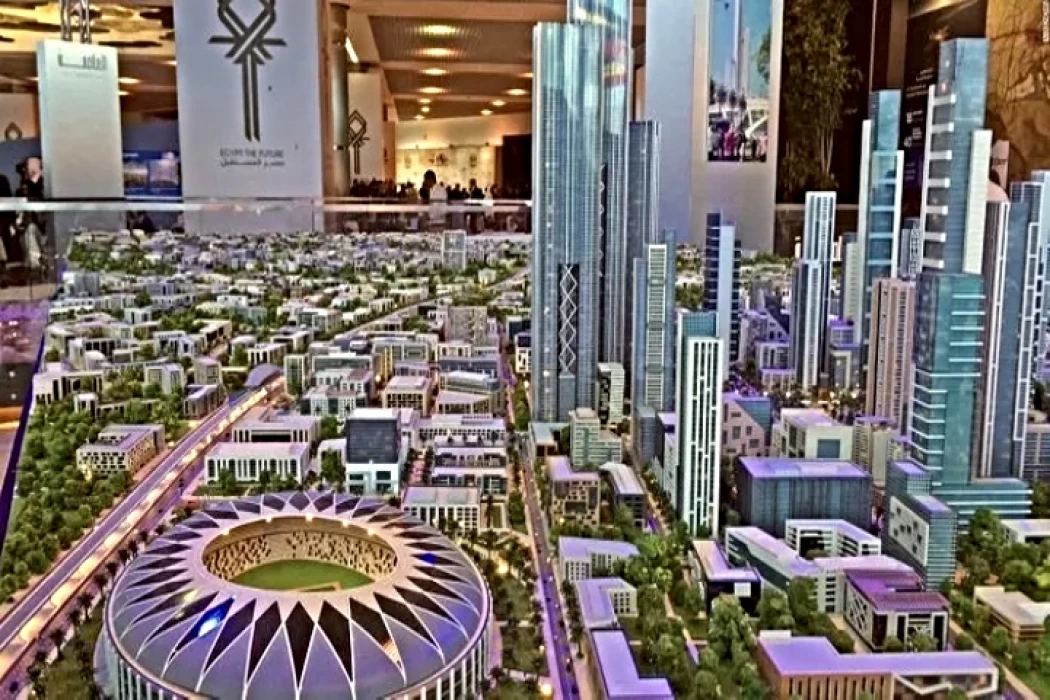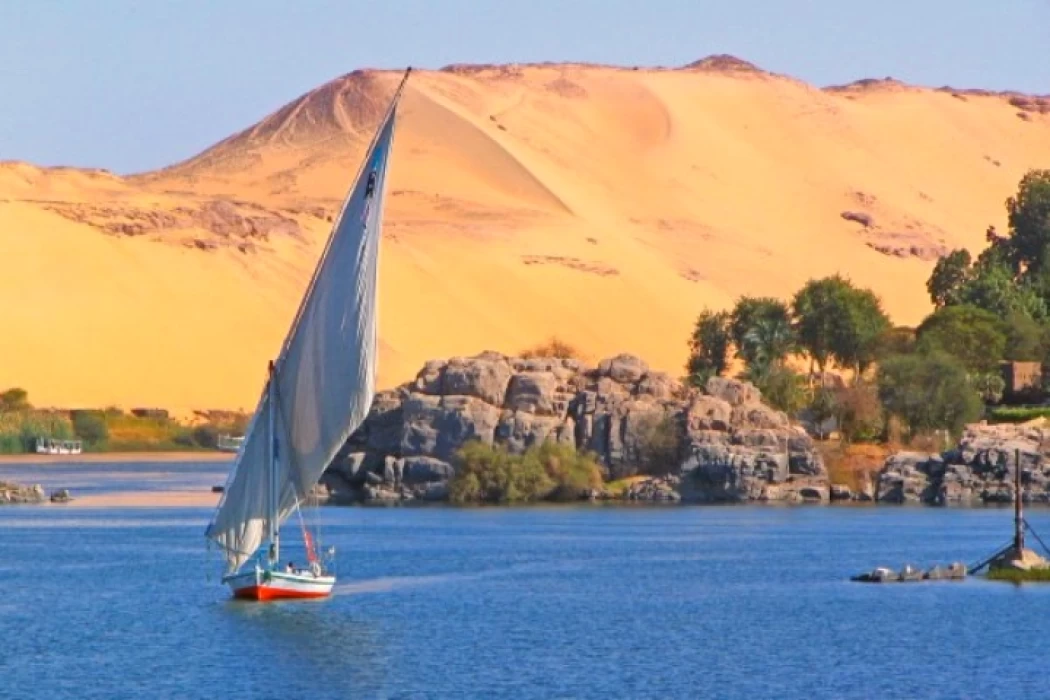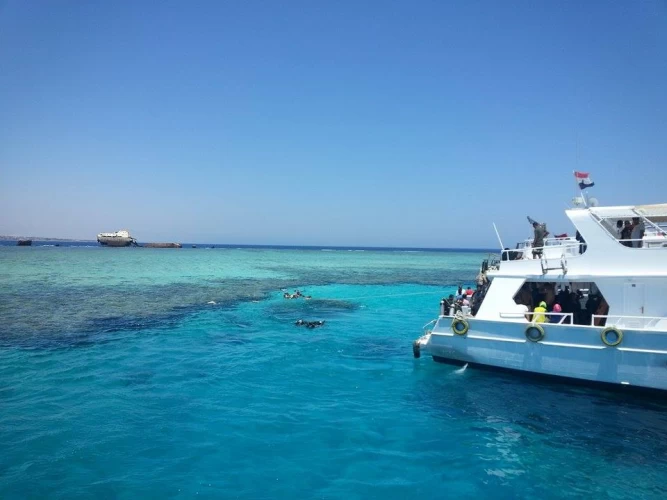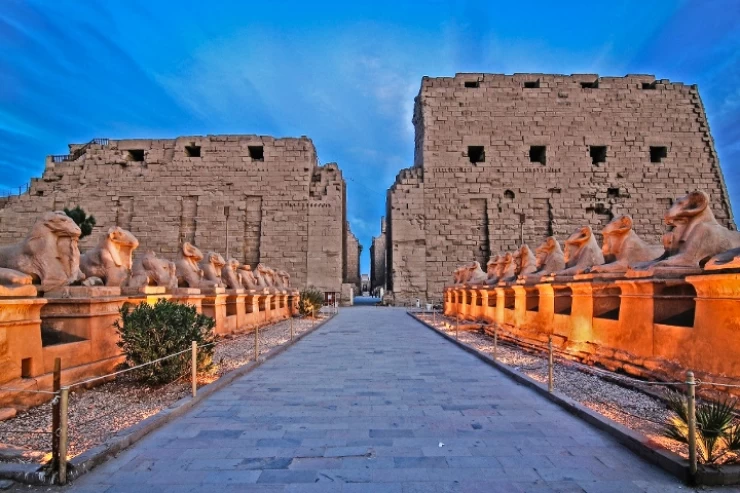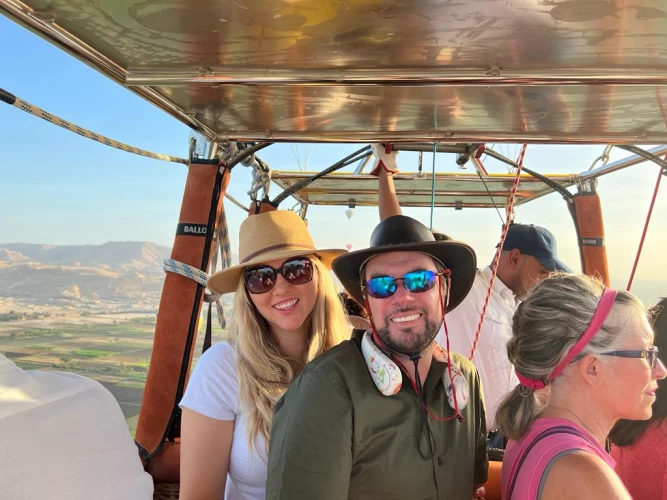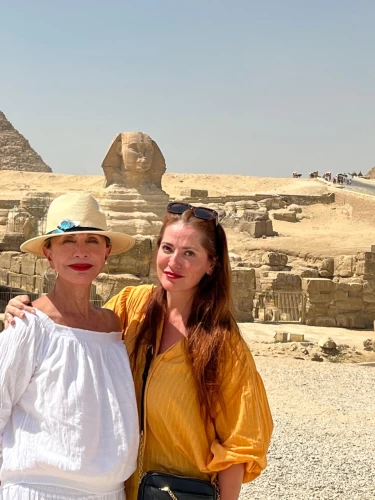
Al Gharbia Governorate
Al Gharbia Governorate Egypt
Gharbia Governorate is one of the governorates full of archaeological sites, whether they are places or facilities (mosques, churches), as the governorate is a destination for visitors to these places throughout the year, whether they are Egyptians from the different governorates, or foreigners coming from their countries to visit these archaeological places and institutions that have a great history.
Governorate logo
Gharbia adopts as its logo a golden gear with the minaret and dome of the Ahmadi Mosque inside it. This logo symbolizes the industrial renaissance and the archaeological and religious landmarks in the governorate. The governorate celebrates its national holiday on October 7, the anniversary of the victory of the people of Gharbia over the French campaign in 1798.
The size of the land within Gharbia Governorate is 462,684 acres and that of the arable land is 397,714 acres, constituting 85% of the area.
The cultivated land area is 394,888. In addition to traditional crops such as cotton, rice, wheat and fruits, the governorate is distinguished by the cultivation of jasmine and aromatic herbs in Qatar, Basyoun and Mahalla, whose pastes and oils are exported to many European countries. The governorate is also famous for the cultivation of potatoes for export, and the local market includes the International Potato Center in Kafr El-Zayat.
What is Gharbia famous for?
Zifta is distinguished by flax cultivation, as it produces 80% of the flax crop in Egypt. The governorate is also interested in poultry livestock, as it includes a 20 million egg project in Kafr El-Sheikh Selim and production in Seberbay.
The governorate includes the largest industrial strongholds in spinning, weaving, dyeing and finishing in Mahalla al-Kubra, Tanta and Zifta, the oil and soap industry in Tanta and Kafr al-Zayat, the fertilizer, pesticide, chemical and paper industry in Kafr al-Zayat, and the perfume industry in Qutur.
Inside the village of Senbat, affiliated with the Zifta Center and City in Gharbia Governorate, there is a huge archaeological building that contains many iconic archaeological areas inside it, dating back hundreds of years. Visitors come to it from all governorates of the Republic and even all countries of the world throughout the months of the year, making it one of the most important archaeological destinations on the tourist map inside Gharbia Governorate.
The Church of the Martyr Refqa in Senbat, Gharbia Governorate, which is considered one of the oldest ancient churches in Egypt, and it contains the bodies of the two martyrs Bara and Awtam, and another church for Saint Abu Girgis, and Anba Markos the Blind, known as Ibn al-Qabir. These are several properties adjacent to each other, from which a monastery for men and a monastery for women were made adjacent to the church of Abu Girgis. The date of the reconstruction of the church dates back to between 1465 AD and 1467 AD.
Latest Articles
Admin
Aswan Governerate in Egypt
One of Egypt's southern governorates is Aswan Governorate. The city of Aswan serves as its capital. At a latitude of 22 north of the equator (also known as the Tropic of Cancer), it is bounded to the north by the Qena Governorate, to the east by the Red Sea Governorate, to the west by the New Valley Governorate, and to the south by the Republic of Sudan.
Admin
Luxor Governorate Egypt
The capital of the Arab Republic of Egypt is Luxor City, which was once known as "Thebes City" because it served as Egypt's capital during the Pharaonic era. It is situated in the South Upper Egypt region, approximately 670 kilometers from the capital Cairo from the south. It is bordered on the north by Qena Governorate, on the south by Aswan Governorate, on the east by Red Sea Governorate, and on the west by New Valley Governorate.
Admin
History of kafr El Sheikh Governorate
Kafr El Sheikh Governorate is an Egyptian governorate, located in the northernmost part of Egypt in the Nile Delta, with Kafr El Sheikh as its capital. It had a population of 3,172,753 in 2015 and an area of 3,748 km². Its entire area is located north of the delta and overlooks the Mediterranean Sea. The main economic activity of the residents of the governorate is agriculture and fishing, especially the southern lands of the governorate and the lands overlooking the Nile River - Rosetta Branch.
Admin
Egypt's New Administrative Capital
The New Administrative Capital is located between the Cairo-Suez and Cairo-Ain Sokhna roads, 60 km from Cairo and the same distance from Ain Sokhna and Suez. The New Administrative Capital is located on the border of Badr City, in the area between the Cairo-Suez and Cairo-Ain Sokhna roads, just after New Cairo, Mostakbal City and Madinaty.
Admin
Hamata Islands (Qulaan Archipelago) in Marsa Alam
The Hamata area, south of Marsa Alam in the Red Sea, is one of the most important parts of the Wadi El Gemal Reserve, whether in the desert or the sea. It was named after the sorrel plant, which was distorted to Hamata.
Admin
Best Things to Do in Nile River
Cairo, situated along the banks of the great Nile River, is one of the most captivating cities in the whole world with its rich history and culture. An antique town filled with the remains of old civilization and ancient history and the bustling box of a modern life, Cairo is even more than that.
